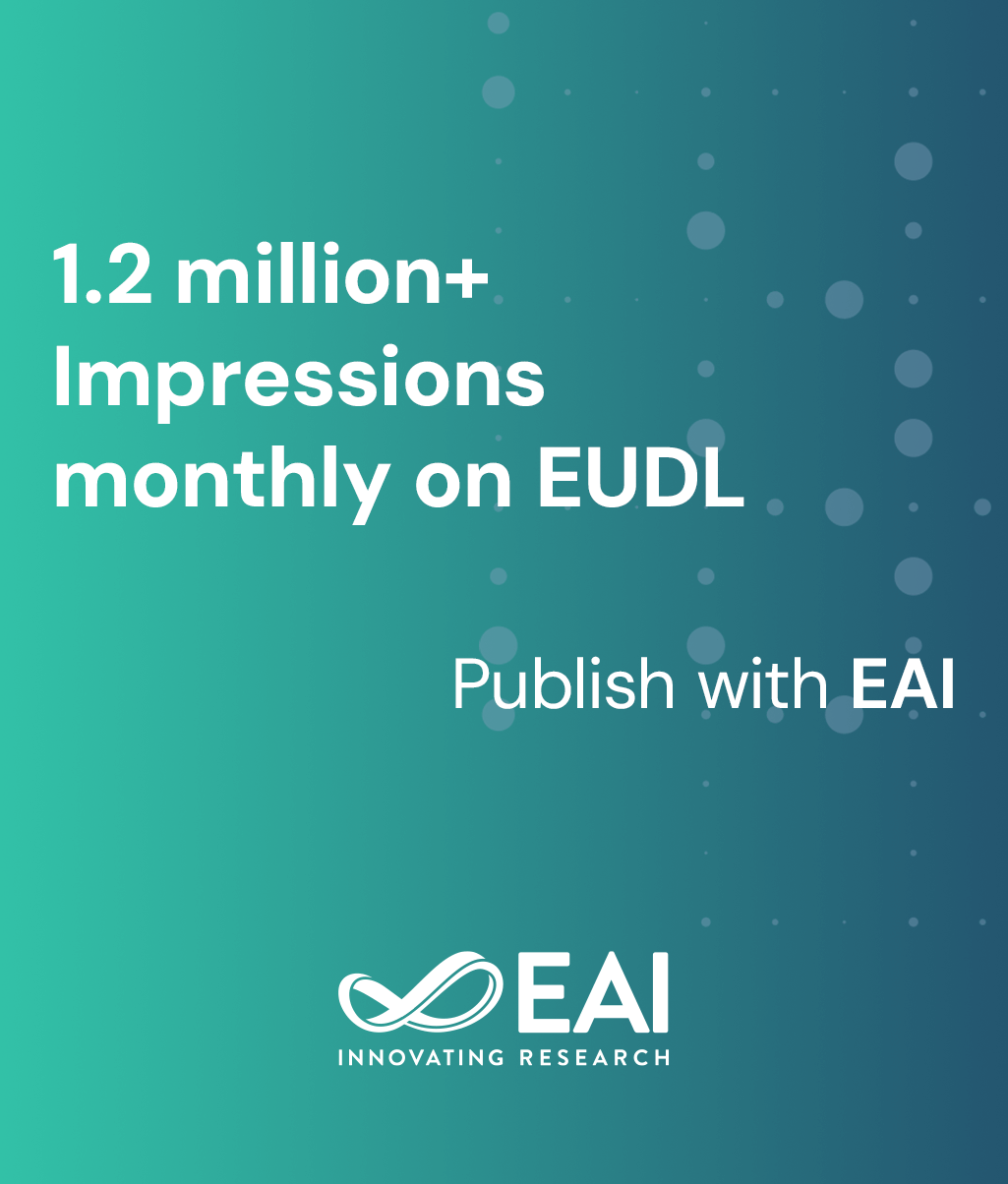
Research Article
Computational Approaches for Anxiety and Depression: A Meta- Analytical Perspective
@ARTICLE{10.4108/eetsis.6232, author={Ritu Gautam and Manik Sharma}, title={Computational Approaches for Anxiety and Depression: A Meta- Analytical Perspective}, journal={EAI Endorsed Transactions on Scalable Information Systems}, volume={12}, number={1}, publisher={EAI}, journal_a={SIS}, year={2025}, month={4}, keywords={}, doi={10.4108/eetsis.6232} }- Ritu Gautam
Manik Sharma
Year: 2025
Computational Approaches for Anxiety and Depression: A Meta- Analytical Perspective
SIS
EAI
DOI: 10.4108/eetsis.6232
Abstract
INTRODUCTION: Psychological disorders are a critical issue in today’s modern society, yet it remains to be continuously neglected. Anxiety and depression are prevalent psychological disorders that persuade a generous number of populations across the world and are scrutinized as global problems. METHODS: The three-step methodology is employed in this study to determine the diagnosis of anxiety and depressive disorders. In this survey, a methodical review of ninety-nine articles related to depression and anxiety disorders using different traditional classifiers, metaheuristics and deep learning techniques was done. RESULTS: The best performance and publication trend of traditional classifiers, metaheuristic and deep learning techniques have also been presented. Eventually, a comparison of these three techniques in the diagnosis of anxiety and depression disorders has been appraised. CONCLUSION: There is further scope in the diagnosis of anxiety disorders such as social anxiety disorder, phobia disorder, panic disorder, generalized anxiety, and obsessive-compulsive disorders. Already, there has been a lot of work has been done on conventional approaches to the prognosis of these disorders. So, there is need to need to scrutinize the prognosis of depression and anxiety disorders using the hybridization of metaheuristic and deep learning techniques. Also, the diagnosis of these two disorders among academic fraternity using metaheuristic and deep learning techniques need to be explored.
Copyright © 2024 Gautam et al., licensed to EAI. This is an open access article distributed under the terms of the CC BY-NC-SA 4.0, which permits copying, redistributing, remixing, transformation, and building upon the material in any medium so long as the original work is properly cited.


